Salton Sea land owners may luck out (San Diego Reader)
Lithium in the geothermal brine – if they can only extract it
Even though there are hurdles, both Ryan Kelley, the Imperial County District 4 supervisor and William Pettitt, the executive director of the Geothermal Resources Council, seem quite optimistic about the future potential for geothermal energy in this region.
“The Imperial Valley and Salton Sea, that area is a huge geothermal resource,” Pettitt said. “It has huge potential in the future for supplying power and should be a large component of California’s electricity demand in the future. There’s a big potential there. That obviously leads to huge benefits for the local economy. Geothermal is a really good power source in terms of providing good, stable jobs for folks that work in it. And, obviously, it has a large amount of support from companies around it that would all feed into the economy.”
Kelley, who oversees the daily economy of the region, echoed Pettitt’s views on job creation. He also lamented the fact that Tesla decided to open their Gigafactory for lithium-ion battery and vehicle sub-assembly in Sparks, Nevada (near Reno) as opposed to in his district. There is lithium in the geothermal brine that reaches the surface during the mining process, but the technology to extract it from that brine (while still turning a profit) has yet to be developed. Kelley added that the area near Reno that Tesla chose has “open ground, hard-rock” traditional lithium mining, and that’s likely why they were selected.
But if the puzzle that is extracting lithium from geothermal brine in a cost-effective fashion can be solved, the Imperial Valley may transform into a mining super-power.
“There are companies now exploring that and trying to bring that lithium recovery into part of their business model,” Pettitt explained. “On some estimates, the Salton Sea region alone could provide, I believe, two-thirds of the lithium demand in 2025 (worldwide) if the engineering for recovering that lithium was successfully implemented. That brings in a lot of real interest because if you are recovering the lithium in that area you can also bring in battery manufacturers into the equation as well as electric vehicle manufacturers. You could really change the economy down there in a big way if that lithium resource started to be developed forever.”
Kelley has the same hope. “We still believe that the mineral extraction from geothermal brine will change the economic future of this valley,” he said.
Read More...........





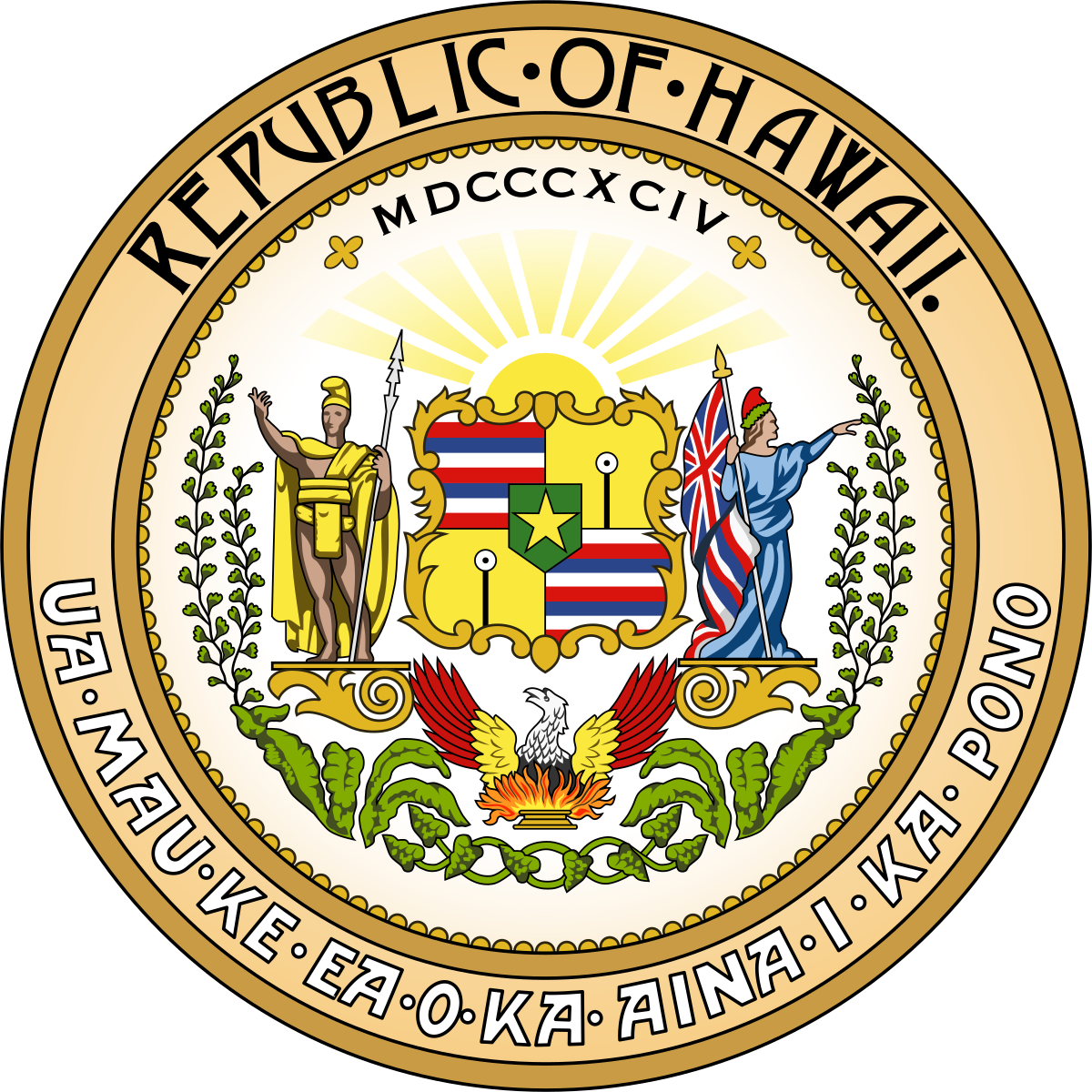









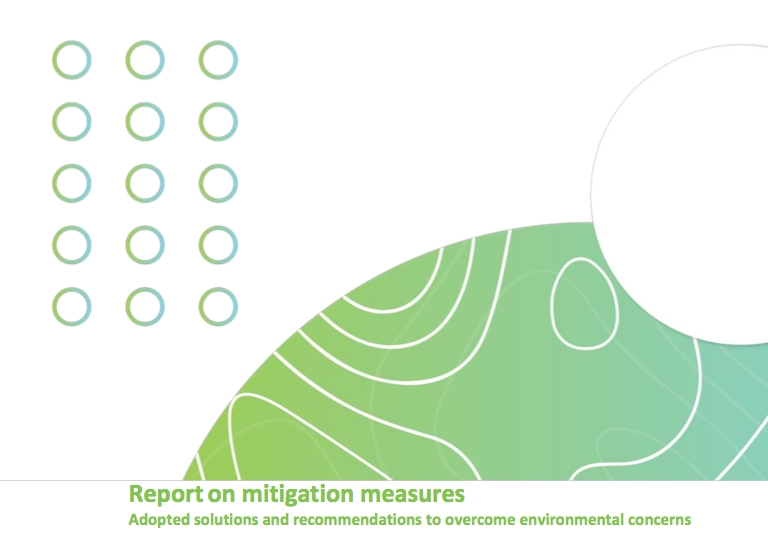
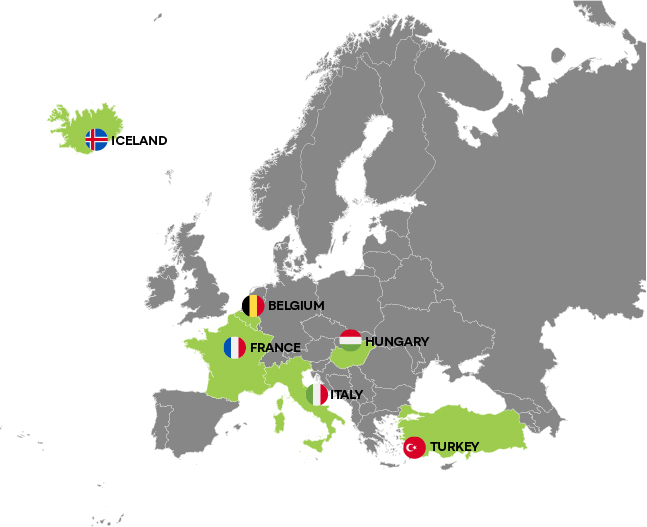







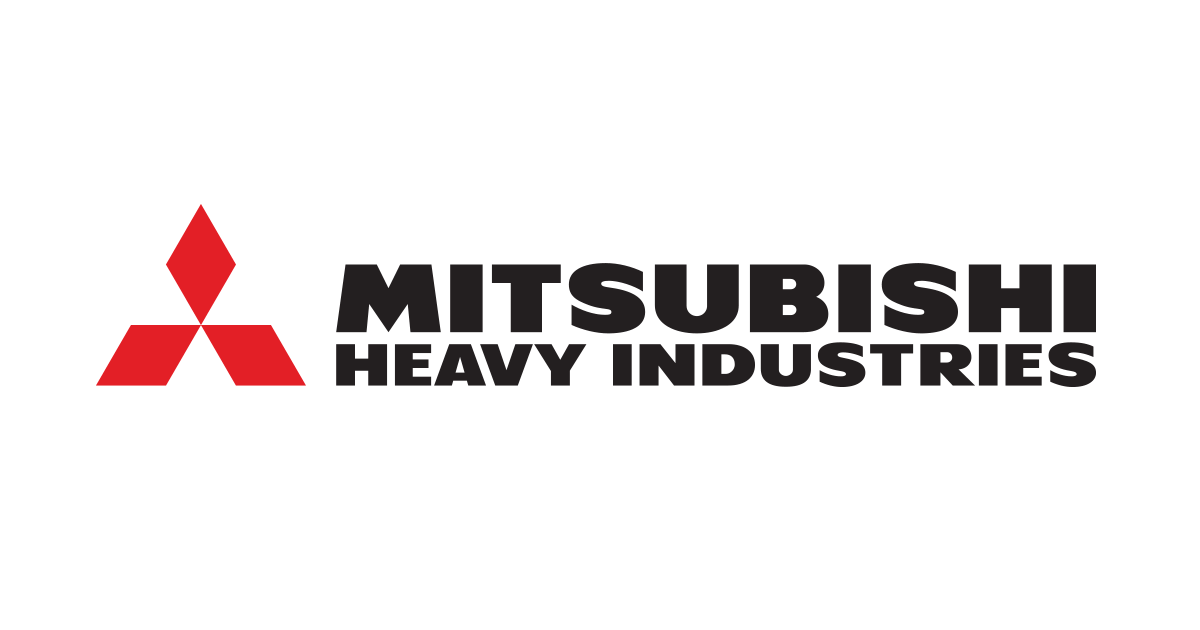





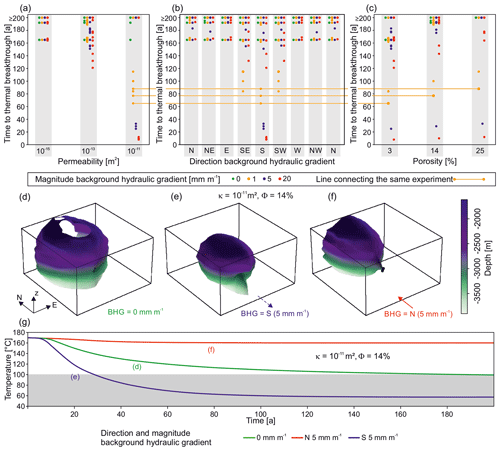



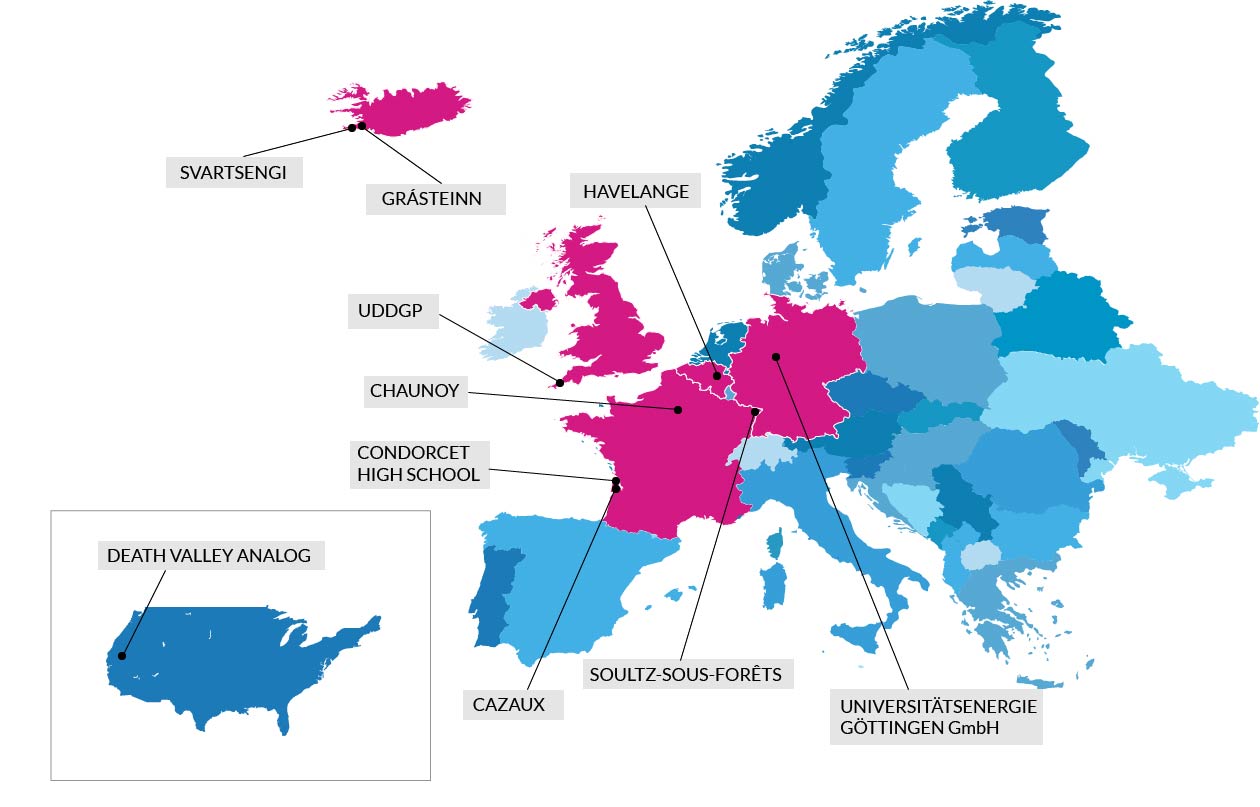



/arc-anglerfish-syd-prod-nzme.s3.amazonaws.com/public/XWAESX4CVZDB5DSHE4MYBOSEZ4.jpg)